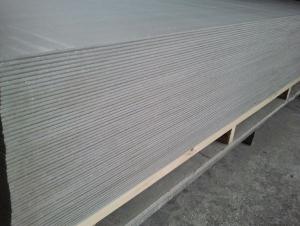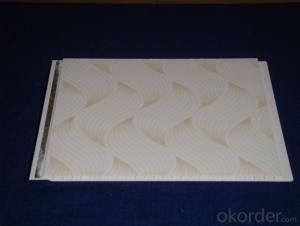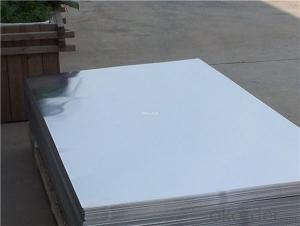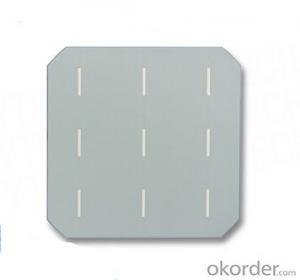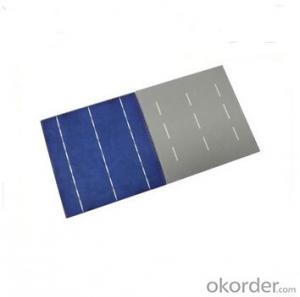Problems With Solar Cells
Problems With Solar Cells Related Searches
Stainless Steel Bucket With Lid Hot Water Bottle With Hose High Five Stainless Steel Prop Solar Panel Kit With Inverter Rv Solar System With Inverter Cover Ham With Aluminum Foil Aluminum Post With Base Plate Wrap Feet With Aluminum Foil Curl Hair With Aluminum Foil Aluminum Foil Pans With LidsHot Searches
Price For Stainless Steel Scrap Scrap Price For Stainless Steel Price For Stainless Steel Cheap High Tea Sets For Sale Price Of Shipping Containers For Sale Stock Price For Aluminum Cheap Solar Cells For Sale Air Pump For Aquarium Price Inverter Size For Solar System Used Foam Board Insulation For Sale Price List For Building Materials Magnesium Oxide Board For Sale Hdf Board For Sale sintra board for sale Cheap Mini Laptops For Sale Plywood For Sale Cheap Cheap Washers For Sale Cheap Tall Vases For Sale Solar With Inverter Price Price For Stainless Steel ScrapProblems With Solar Cells Supplier & Manufacturer from China
Okorder.com is a professional Problems With Solar Cells supplier & manufacturer, offers integrated one-stop services including real-time quoting and online cargo tracking. We are funded by CNBM Group, a Fortune 500 enterprise and the largest Problems With Solar Cells firm in China.Hot Products
FAQ
- Yes, solar cells can be used on vehicles. They can be installed on the roof or other surfaces of vehicles to convert sunlight into electricity, which can then be used to power various vehicle systems such as lights, air conditioning, or even the propulsion system.
- Can anybody tell me how to make a solar cell at home?
- I can, let me send you the instructions.
- Yes, solar cells can be used for powering transportation infrastructure. Solar-powered electric vehicles, such as solar cars, solar buses, and solar trains, are already being developed and deployed in various parts of the world. Additionally, solar energy can also be used to provide power for charging stations and electric vehicle infrastructure, reducing reliance on traditional energy sources and promoting sustainability in transportation.
- Yes, solar cells can be used on rooftops. In fact, rooftop solar panels are one of the most common and effective ways to harness solar energy for residential and commercial purposes. They are installed on the rooftops of buildings to convert sunlight into electricity, providing a sustainable and cost-effective source of power.
- Yes, solar cells can be used in concert venues. They can be installed on the rooftops or surrounding areas of the venue to convert sunlight into electricity. This renewable energy source can help power the venue's lighting, sound systems, and other electrical equipment, reducing dependence on traditional energy sources and lowering carbon emissions. Additionally, solar cells can be integrated into portable or temporary structures for outdoor concerts, providing clean energy during events.
- What are the 3 things you need to know before you start to make solar cells?
- I think there is an easy way to follow even though the commercial solar cells use silicon as the semiconductor.
- Solar cells impact energy independence by harnessing the power of the sun to generate electricity, reducing reliance on traditional fossil fuels. By providing a clean and renewable source of energy, solar cells contribute to reducing greenhouse gas emissions and increasing energy self-sufficiency, ultimately enhancing a country's energy independence.
- Solar cells can still perform efficiently in areas with limited space for installation through the use of innovative technologies such as rooftop and building-integrated photovoltaics. These systems maximize the use of available space, allowing solar cells to generate electricity even in compact urban environments. Additionally, advancements in solar cell design and efficiency have made it possible to produce more power from smaller areas, further optimizing electricity generation in limited spaces.




